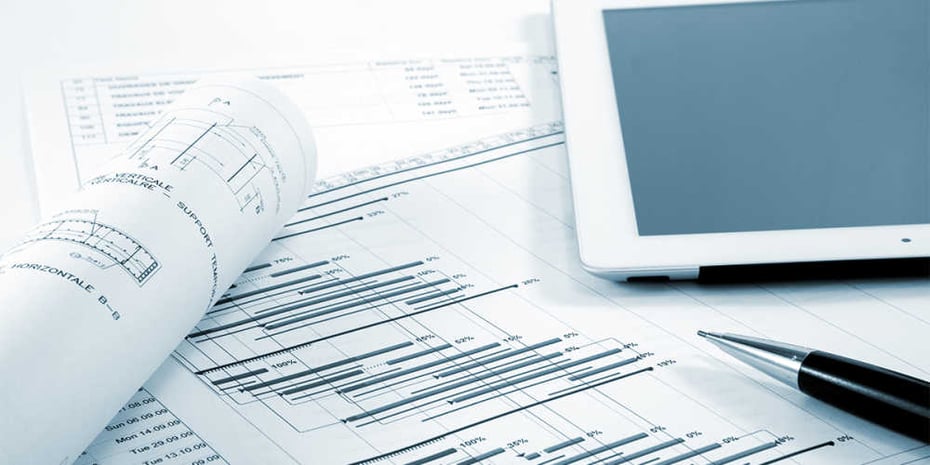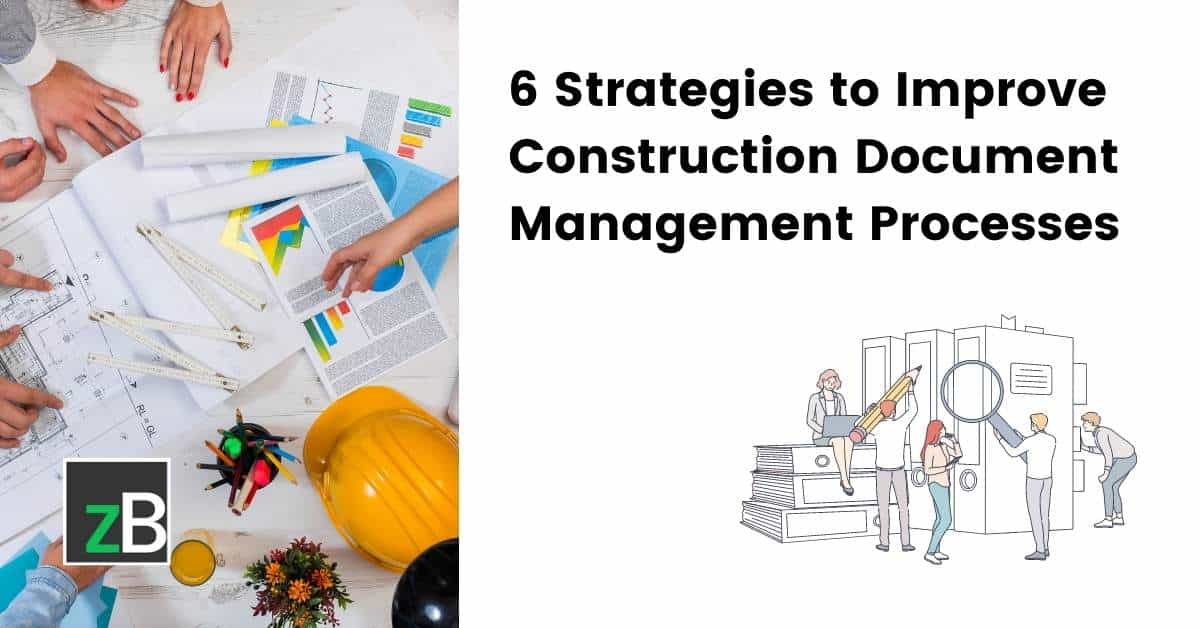Enhancing Operations Effectiveness: Architect's Expert Approaches for Building File Management
In the world of architectural design and building and construction, the careful management of documents stands as a cornerstone for task success. Designers employ numerous approaches to improve operations efficiency and streamline building document administration processes. From skilled organization strategies to the integration of joint platforms and the execution of protected information management options, engineers navigate a complicated landscape of techniques and tools. Amidst this intricacy, a select couple of expert methods have emerged as crucial in optimizing workflow effectiveness. These approaches not only make sure smooth task progression however additionally hold the essential to opening enhanced performance and precision in the complex world of building and construction file administration.
Trick Record Company Methods
When handling building files, one of the key strategies that engineers utilize is developing a methodical and efficient company system. This system typically involves classifying papers based on their type, such as illustrations, requirements, agreements, and permits. By creating clear and distinct groups, designers can rapidly locate details info when needed, conserving time and decreasing mistakes in the building process.
Within each classification, architects additionally arrange files by developing subfolders or using numbering systems to signify variations or alterations (construction document management). This hierarchical structure makes certain that the most relevant and present details is easily obtainable while preserving a document of changes made throughout the job timeline
Moreover, designers usually use electronic file monitoring systems that provide functions like keyword search features, version control, and access restrictions to improve company and collaboration among job stakeholders. These tools enhance the paper access procedure, advertise real-time updates, and facilitate seamless interaction, inevitably adding to the overall success of the construction job.
Collaborative Platform Combination
To maximize record monitoring performance in building and construction tasks, engineers flawlessly integrate collaborative platforms to boost interaction and enhance sychronisation among project stakeholders. By leveraging joint systems such as job management software program, cloud-based storage space systems, and communication tools, designers can produce a centralized center for all project-related papers and communication networks. These systems allow staff member to gain access to, review, and collaborate on records in real-time, minimizing delays and the risk of mistakes connected with traditional record administration methods.
Joint platform assimilation also promotes openness and responsibility within the task team, as all stakeholders have presence into the most up to date project updates and modifications. By centralizing interaction and document sharing, engineers can guarantee that all staff member are functioning from the most updated details, lessening the opportunities of misunderstandings or disputes occurring because of outdated papers.
Moreover, collective systems make it possible for smooth collaboration between architects, specialists, customers, and various other job stakeholders, advertising an extra natural and reliable task workflow. By damaging down interaction obstacles and facilitating information exchange, architects can drive productivity and development in building jobs, eventually resulting in successful job results.
Version Control Finest Practices
Executing efficient version control practices is important for preserving file accuracy and consistency in building and construction tasks. By developing a clear system for handling modifications, job teams can ensure that everyone is functioning from one of the most current paperwork, minimizing the danger of errors and discrepancies during the construction phase.
Among the crucial finest methods for version control is to assign unique identifiers to each document variation. This can be attained by utilizing a numbering system or date stamp that clearly indicates the order of revisions. By clearly labeling each model, team participants can quickly track the progression of the file and recognize one of the most recent variation.

Automation Tools for Effectiveness

Paper control software program, like Procore or PlanGrid, systematizes project documentation, making it easily available to all stakeholders. These systems permit for real-time cooperation, variation control, and automated back-ups, safeguarding against data loss. Furthermore, Structure Details Modeling (BIM) software automates the generation of construction drawings and makes sure that modifications are integrated throughout all relevant documents.
Integrating automation tools with cloud storage solutions even more enhances ease of access and safety. By automating the paper monitoring procedure, task teams can focus their effort and time on value-adding activities, ultimately enhancing efficiency and project outcomes.
Secure Information Monitoring Solutions
Effectively managing and guarding project information is paramount in the construction industry to ensure discretion and honesty throughout the task lifecycle. Safe information management services play a vital function in safeguarding sensitive information from unauthorized access or violations. Building firms can utilize encrypted cloud storage space services to firmly store and share project files with accredited workers. Implementing accessibility controls, such as customer verification and consent settings, guarantees that just authorized people can watch or modify sensitive information.
In addition, utilizing electronic civil liberties management (DRM) tools includes an extra layer of safety and security by protecting against the unauthorized distribution or duplication of project files. Normal information backups are crucial to mitigate the danger of information loss as a result of unexpected scenarios like equipment failings or cyber-attacks. Collaborative platforms with integrated protection features allow smooth interaction and documents sharing amongst task staff member while maintaining data stability.
Final Thought
Finally, executing vital document company Bonuses strategies, incorporating collaborative systems, exercising variation control ideal practices, using automation devices, and adopting protected information monitoring solutions are vital approaches for enhancing workflow effectiveness in building and construction document management. These expert techniques can enhance processes, enhance interaction, make sure accuracy, and preserve data protection throughout the building and construction job lifecycle.
In the realm of architectural design and building, the careful administration of papers stands as a foundation for job success. These techniques not just make certain smooth job progression yet likewise hold the key to opening improved efficiency and accuracy in the complex realm of construction record administration.
To optimize record administration efficiency in construction tasks, designers seamlessly incorporate collaborative platforms to boost communication and simplify control among task stakeholders. These systems allow group participants to access, evaluation, and work together on documents in real-time, reducing hold-ups and click resources the danger of mistakes associated with typical record monitoring methods.
Making use of automation devices in construction record monitoring significantly enhances effectiveness and improves processes for task teams. construction document management.